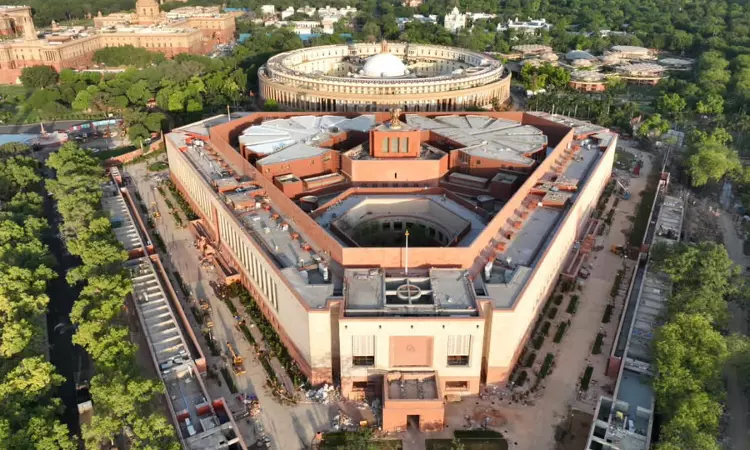Law Ministry Accepts Parliamentary Standing Committee's Recommendation To Establish Regional Benches Of Supreme Court
Amisha Shrivastava
8 Feb 2024 9:57 AM IST

Next Story
8 Feb 2024 9:57 AM IST
The Parliamentary Standing Committee on Personnel, Public Grievances, Law and Justice on Wednesday presented the 144th Report outlining the response of the Union Law Ministry to the recommendations made for judicial reforms in the 133rd Report of the Committee. The 133rd report was presented before the Rajya Sabha on August 7, 2023, and tabled before the Lok Sabha on the same day.The Union...
